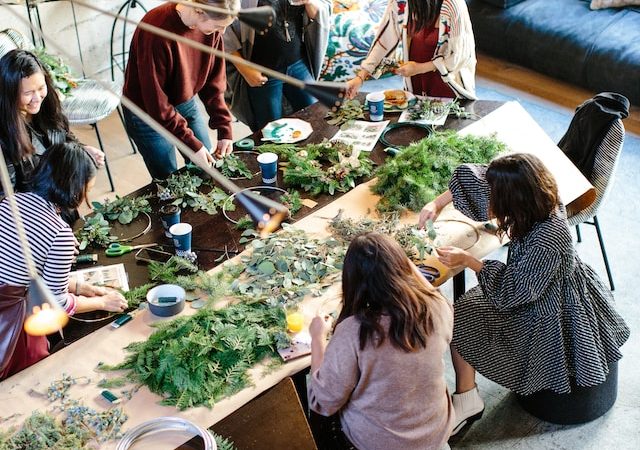In a world that is increasingly interconnected, storytelling remains a timeless and powerful tool for fostering connection and understanding among individuals and communities. Stories have the ability to transcend boundaries, bridge gaps, and bring people together in ways that other forms of communication often cannot. Whether through oral traditions, literature, cinema, or digital media, the
In a world that is increasingly interconnected, storytelling remains a timeless and powerful tool for fostering connection and understanding among individuals and communities. Stories have the ability to transcend boundaries, bridge gaps, and bring people together in ways that other forms of communication often cannot. Whether through oral traditions, literature, cinema, or digital media, the art of storytelling has always played a vital role in human culture, enabling us to share our experiences, emotions, and perspectives.
Stories have the remarkable ability to transport us to different times, places, and lives, allowing us to see the world through the eyes of others. They offer a window into diverse cultures, histories, and lived experiences, expanding our understanding of the human condition. When we listen to or read stories that are different from our own, we are exposed to new ideas, beliefs, and perspectives, challenging our assumptions and broadening our horizons.
Moreover, storytelling fosters empathy and compassion. By immersing ourselves in the narrative of another person’s life, we develop a deeper appreciation for their joys, struggles, and triumphs. We come to realize that, despite our differences, we share a common humanity. This realization can break down barriers, reduce prejudice, and build bridges between individuals and communities.
Stories also have the power to heal and unite. They provide solace and comfort, reminding us that we are not alone in our experiences. When we hear someone else’s story and recognize aspects of our own journey within it, we feel validated and understood. This validation can be transformative, offering hope and a sense of belonging.
One of the great strengths of storytelling is its ability to preserve and transmit cultural heritage. Through oral traditions, ancient stories have been passed down from generation to generation, preserving the wisdom, values, and traditions of communities around the world. Similarly, literature and other forms of written storytelling capture the essence of a particular time and place, allowing future generations to understand and appreciate the diversity and richness of human history.
In today’s digital age, storytelling has taken on new dimensions. Social media platforms, podcasts, and online communities have provided individuals with powerful platforms to share their stories and reach audiences across the globe. These mediums have democratized storytelling, allowing marginalized voices and underrepresented communities to be heard and understood. They have given rise to movements and initiatives that strive to create inclusive narratives and challenge dominant perspectives.
However, with the proliferation of digital storytelling, it is crucial to distinguish between authentic, thoughtfully crafted narratives and those that perpetuate harmful stereotypes or spread misinformation. Responsible storytelling requires empathy, respect, and a commitment to accurate representation. It is essential to recognize the power dynamics at play in the act of storytelling and to prioritize the voices and experiences of marginalized communities.
In conclusion, the power of storytelling to foster connection and understanding is undeniable. Whether in the form of ancient myths, classic novels, or modern digital narratives, stories have the ability to bring people together, challenge preconceptions, and inspire empathy. By embracing the diverse range of human experiences and amplifying marginalized voices, we can harness the transformative power of storytelling to build a more compassionate, inclusive, and interconnected world.

















Leave a Comment
Your email address will not be published. Required fields are marked with *